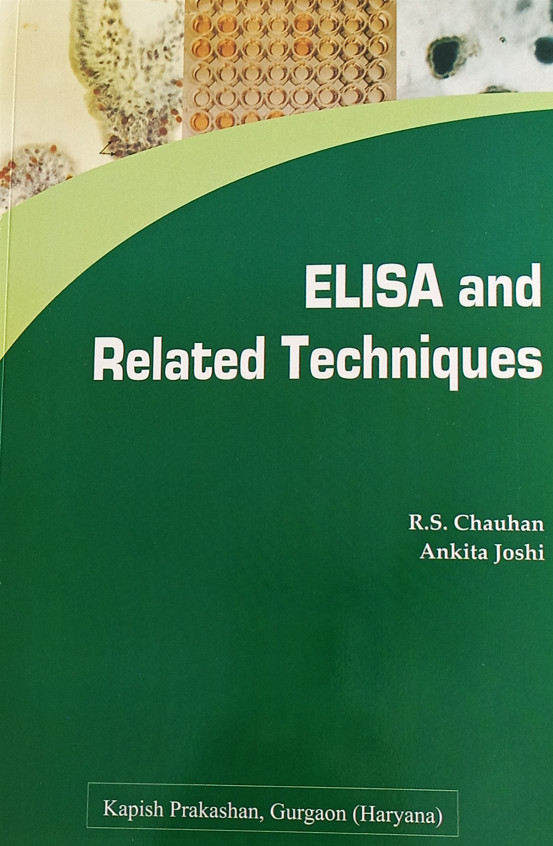ELISA and Related Techniques
Availability :
In Stock
₹ 178.00
M.R.P.:₹ 200
You
Save: ₹22.00 (11.00% OFF)
(Inclusive
of all taxes)
Delivery:
₹ 0.00 Delivery charge
Author:
R. S. Chauhan, Ankita Joshi
Publisher:
IP Innovative Publication Pvt. Ltd.
Edition:
First
ISBN-13:
9789391208332
Publishing Year:
2022
No. of Pages:
72
Weight:
130 g
Language:
English
Book Binding:
Paperback











